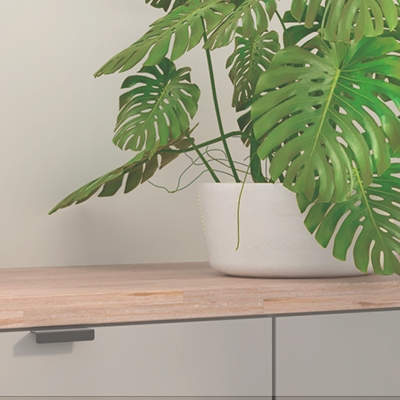
Design
8 Stunning Alternatives to Granite Countertops
10.16.2021

In This Article
Renovate confidently with Block
Get Your EstimatesRenovations can be tricky, especially if you plan on changing the square footage of certain rooms. Older homes tend to be even trickier as many builders worked without any definite plans (or before anything needed to be “up to code”). This resulted in some living spaces being small and other rooms being larger than they needed to be.
Gone are the days of cramped rooms; today’s homes have beautiful open spaces designed to allow families to spend as much time together as they possibly can. If you’re looking at expanding your home’s communal areas without expanding its footprint, you’ll have to reduce another space. The space most likely to shrink is the bathroom because this is the room we spend the least amount of time in.
Today’s modern lifestyle also calls for more bathrooms than were the norm in historic homes, so you may want to reduce the footprint of certain bathrooms to make space for powder rooms and additional ensuites.
Before you start planning on reducing the size of your bathroom, it’s important to understand what minimum bathroom size is acceptable to stay up to code and keep this space functional.
Bathrooms come in all shapes and sizes, from opulently large ones to relatively tiny ones. However, there is a limit as to how small a bathroom can be. As a general rule, the minimum bathroom size is 15 square feet for a powder room that only has a toilet and a sink. If you also want to include a shower, a tub or a combination of the two, you will need to look at allowing 30 to 36 square feet. Keep in mind that regulations may vary from city to city, so check your local laws before renovating.
The dimensions you allow for your bathroom will determine what you can install. For example, the space you have to work with may only be 3 ft by 5 ft. This would give you what is referred to as a half bathroom or powder room. In most cases, the only fixtures you would be able to place in a bathroom of this size are a toilet and a vanity. This bathroom is usually located on the main floor of a house where guests are received.
If you can add a shower, you will either have a space of about 6 ft by 6 ft square shape or anything from 3 ft wide to 10 feet long for a rectangular-shaped bathroom. Some bathrooms and other wet areas might need to be ADA compliant so you should always check with your local city’s building authority before commencing any work.
Small bathrooms don’t necessarily need to feel cramped and tiny. Keep the floor space as accessible as possible by installing smaller-scale fixtures.
Most people with larger bathrooms tend to have decent-sized vanity units that include an under-sink cupboard to store all your bathroom essentials. However, in a small bathroom, this may not be possible. You can still have sufficient storage space in your bathroom by adding shelving along the walls.
Don’t make the mistake of going into bathroom renovations until you’ve explored all your options making sure you are informed of the minimum bathroom size allowed. Any renovation that requires plumbing and electrical work will need to be approved by your local building authority, so ensure all the work you do is legal and up to code. This is essential when it comes to re-selling your home and ensuring your home insurance remains valid if you ever need to make a claim for water damage or similar mishaps.
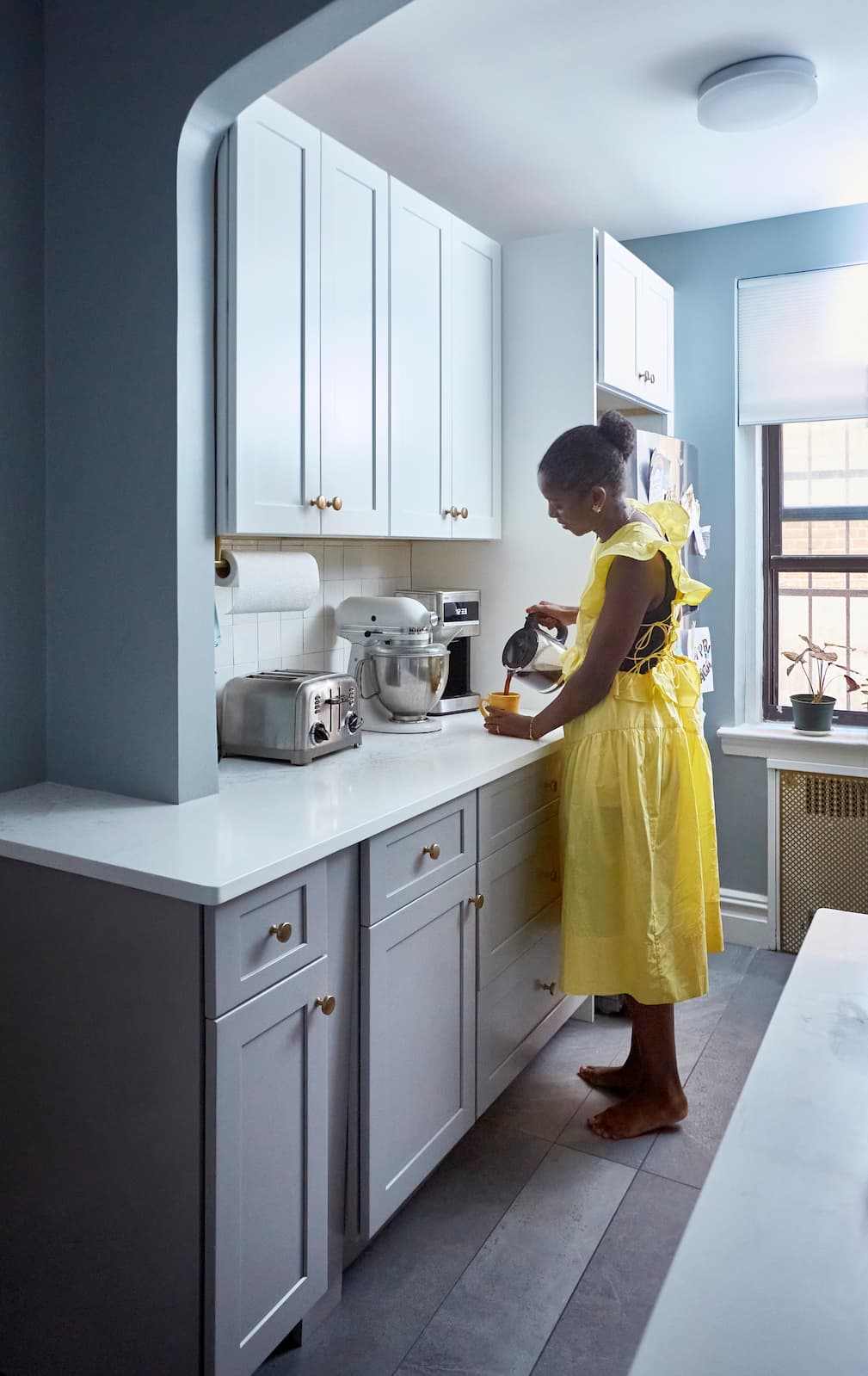
Renovate confidently with Block
Easily compare quotes from top quality contractors, and get peace of mind with warranty & price protections.
Thousands of homeowners have renovated with Block

4.5 Stars (100+)

4.7 Stars (100+)

4.5 Stars (75+)

Design
8 Stunning Alternatives to Granite Countertops
10.16.2021
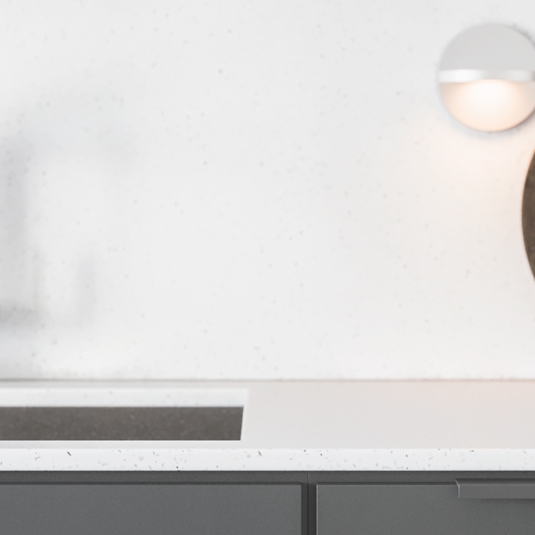
Design
What To Consider When Installing Kitchen Countertops
09.29.2021
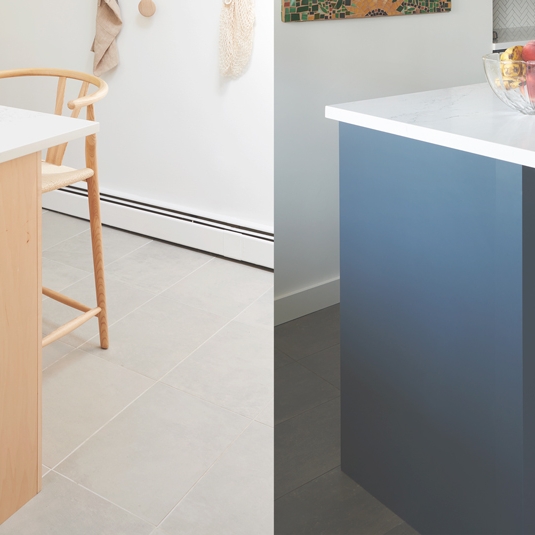
Design
How to Incorporate Freestanding Kitchen Cabinets into Your Space
09.29.2021
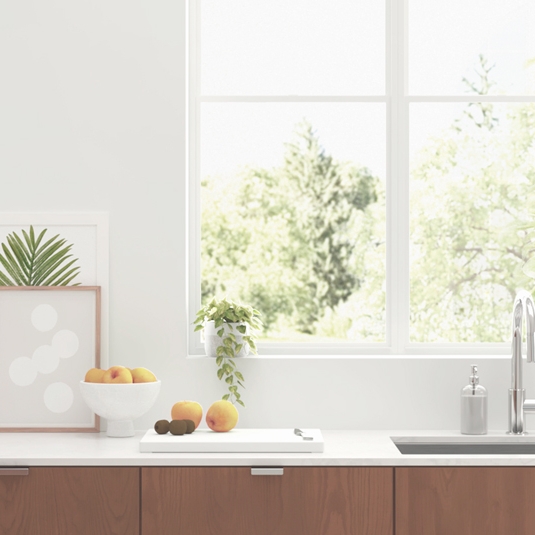
Design
The Best Paint Colors For Your Kitchen Walls
09.29.2021
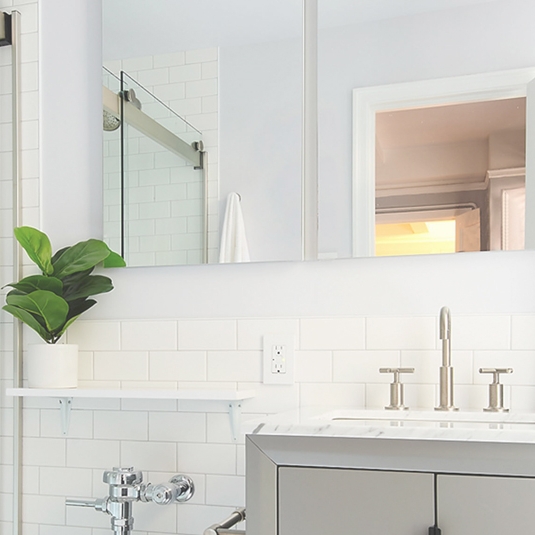
Design
The Minimum Bathroom Size – How to Make the Most of Your Small Space
09.28.2021
Renovate confidently